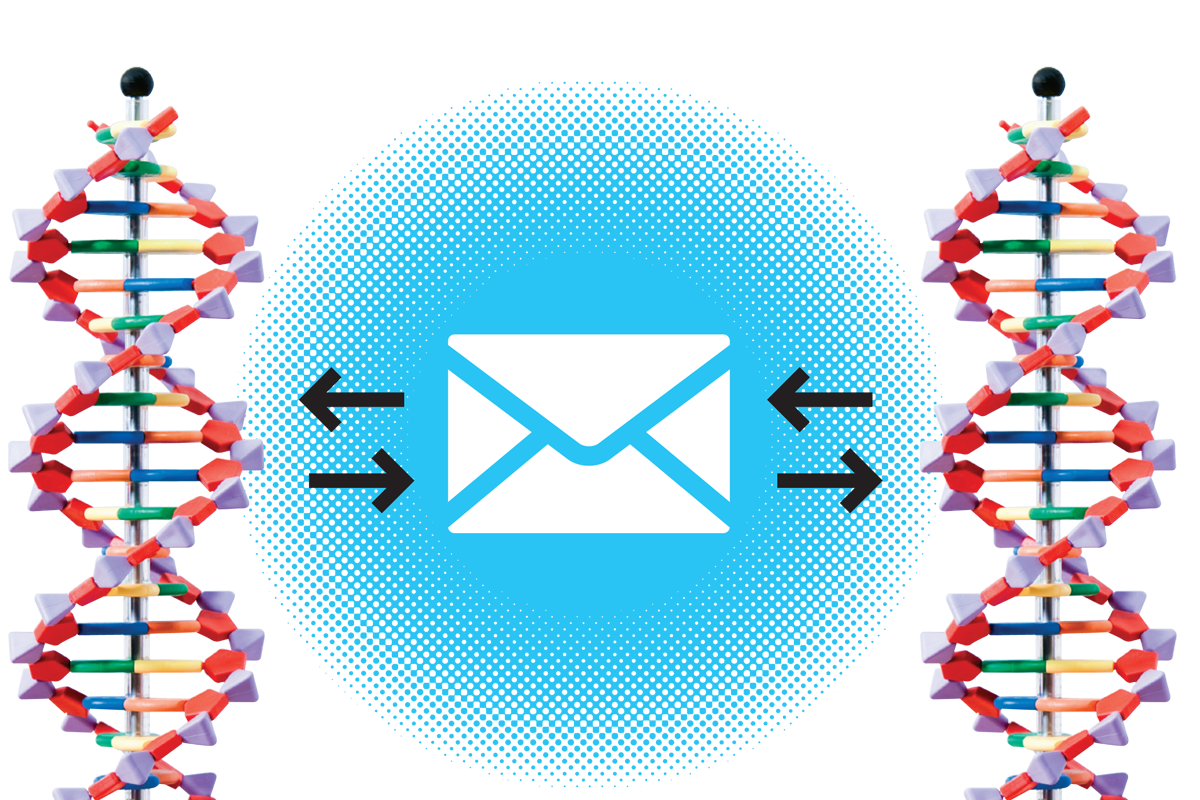
Scientists made a splash last week when they presented a radical new view of DNA, solving a puzzle that has long gnawed at investigators and shedding light on diseases such as cancer, heart disease, and Alzheimer's. Ever since decoding the human genome, scientists have been perplexed by the long strands of our DNA that appear to do nothing. They called the idle double helixes "junk DNA," thinking they were nothing but leftovers from ill-fitting assembly parts, useless bits of this and that, last season's models.
The days of junk status are now officially over. Working for almost 10 years on a collaborative project called Encode (Encyclopedia of DNA Elements), 440 scientists from 32 labs across the globe announced that they have finally figured out just what the silent majority of our DNA does: it's middle management.
It seems these large branches of the DNA family tree—formerly called "junk" but now fitted with the tony moniker "dark matter"—run the factory but don't actually make anything. They're the deciders, the guys with administrative approval to greenlight a project or stop it cold—in this case to determine which genes step forward to produce a protein and which ones remain stalled, waiting for that second chance. And with a million supervisors for every 23,000 genes, a ratio of about 50 to 1, it appears middle management is well staffed.
Though perhaps a bit humbling to discover that our DNA is so bureaucratic, the insight is likely to result in substantial medical benefit. Up to now, therapies have focused on influencing the behavior of the gene itself—sometimes successfully but often not. The problem is that genetic mutations, though somewhat understood for many diseases, have proven difficult to fix. Too often an exciting test-tube "breakthrough" causes a stir in the news but fails miserably in the clinic.
The realization that genes are surrounded by an entourage of promoters and suppressors—call them gene whisperers—expands the list of possible targets for intervention considerably. In cystic fibrosis, for example, we've discovered the genetic mutation that causes disease, but we've been unable to repair it. Using the new approach, researchers might defuse not the mutant gene itself but one of the bits of DNA responsible for greenlighting the bad gene's expression.
And don't feel bad for the incredible shrinking gene. Despite the new appreciation for the large retinue of watchers, clock punchers, and organizational apparatchiks, the glamour job in the entire enterprise is unchanged: still at the center of the DNA universe is that most glorious of scientific mysteries, the human gene.
Uncommon Knowledge
Newsweek is committed to challenging conventional wisdom and finding connections in the search for common ground.
Newsweek is committed to challenging conventional wisdom and finding connections in the search for common ground.





